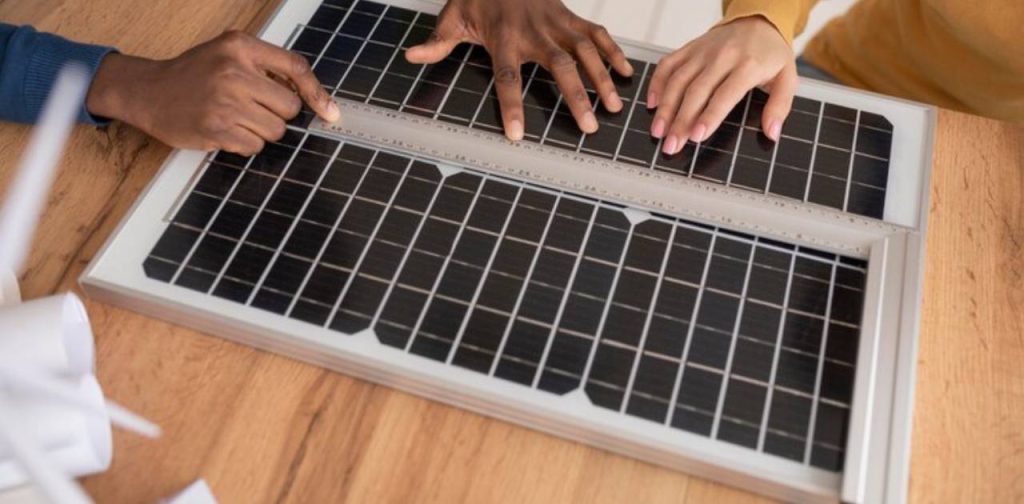Introduction
Photovoltaic (PV) cells, or solar cells, have been at the forefront of renewable energy research for several decades. These devices convert sunlight directly into electricity and have enormous potential for sustainable energy solutions. However, one of the main challenges in the field of solar energy is improving the efficiency of these photovoltaic cells.
The Quest for Efficiency
The efficiency of a photovoltaic cell is defined as the ratio of the electrical power it can produce to the power of the sunlight hitting the cell. The theoretical maximum efficiency, known as the Shockley-Queisser limit, is approximately 33% for a single-junction silicon cell, the most common type of solar cell. However, most commercial solar cells have efficiencies in the range of 15% to 20%.
Strategies for Improvement
Advanced Materials
One approach to improving the efficiency of photovoltaic cells is to use advanced materials. For example, perovskite solar cells have shown great promise, with efficiencies now exceeding 25%. These cells have the advantage of being cheaper and easier to manufacture than traditional silicon cells.
Multi-Junction Cells
Another strategy is to use multi-junction cells, which stack different types of photovoltaic materials together. Each layer is designed to absorb a specific range of the solar spectrum, allowing these cells to convert more of the sunlight into electricity. Multi-junction cells have reached efficiencies over 40% in laboratory settings.
Concentrated Solar Power
Concentrated solar power (CSP) is another method to increase efficiency. CSP systems use lenses or mirrors to focus a large area of sunlight onto a small area of high-efficiency photovoltaic cells. This can significantly increase the amount of electricity produced.
Light Management Techniques
Light management techniques, such as anti-reflective coatings and textured surfaces, can also improve efficiency. These methods aim to reduce the amount of light that is reflected away from the cell or to trap light within the cell for a longer time, increasing the chances of absorbing the light.
Conclusion
While significant progress has been made in improving the efficiency of photovoltaic cells, there is still much work to be done. Continued research and development in this field will be critical for the future of renewable energy. As we continue to innovate and push the boundaries of what’s possible, the dream of a sustainable, solar-powered future becomes ever closer to reality







